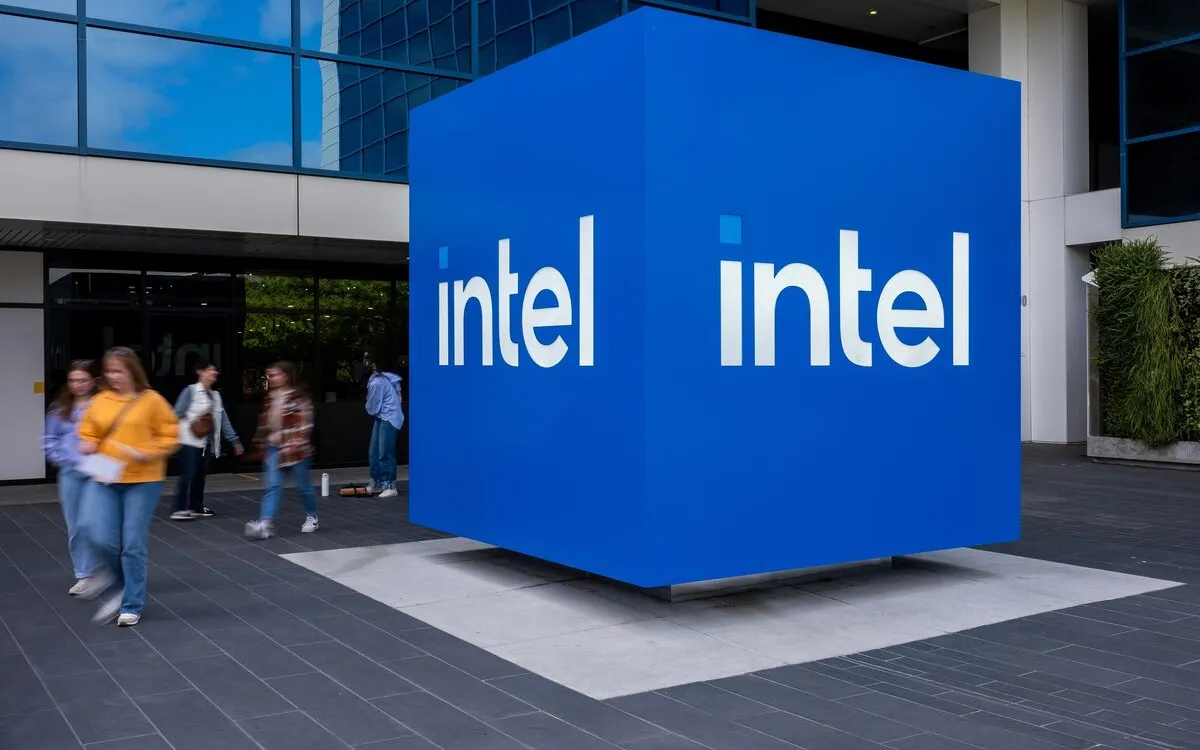
The Trump administration is actively exploring the possibility of utilizing funds from the US Chips Act to take a financial stake in Intel Corp.. This initiative aims to support the beleaguered chipmaker and enhance domestic semiconductor manufacturing capabilities. According to sources familiar with the discussions, these talks are part of a broader strategy to rescue Intel, which has faced significant challenges in recent years.
Sources indicate that the government is focusing on the use of Chips Act funding to at least partially finance an equity stake in Intel. However, it is important to note that these discussions are still in the preliminary stages, and various options are being considered. The potential investment reflects the administration's commitment to bolstering the semiconductor industry in the United States.
It remains uncertain whether the proposed approach would involve converting some or all of Intel’s existing Chips Act grants into equity or if new funding would be allocated from a broader financial pool. Additionally, the option of combining Chips Act money with other financing streams is also under consideration. These financial strategies are crucial for determining the best way to support Intel and ensure the continued growth of the domestic semiconductor sector.
As the global demand for semiconductors continues to rise, the importance of revitalizing domestic manufacturing has never been more critical. The potential investment in Intel through the US Chips Act could play a pivotal role in strengthening the US position in the semiconductor market. By supporting Intel, the administration aims to foster innovation and resilience within the industry, ultimately benefiting the economy and national security.
In conclusion, the Trump administration's consideration of using US Chips Act funds to invest in Intel Corp. represents a significant move to enhance domestic semiconductor manufacturing. As discussions progress, the outcome will be closely monitored by industry experts and stakeholders, given the implications for the future of the semiconductor industry in the United States.